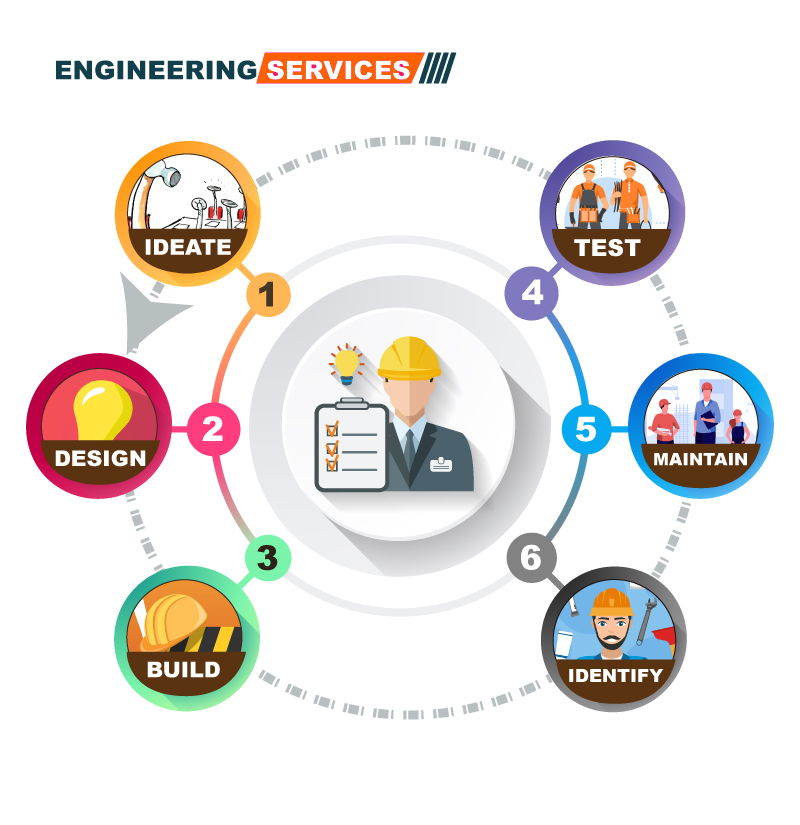Attain Excellence in Every Detail: Engineering Support Services for Measured Structure Surveying, Topographical Studies, and Beyond
Attain Excellence in Every Detail: Engineering Support Services for Measured Structure Surveying, Topographical Studies, and Beyond
Blog Article
Making Best Use Of Resource Allowance Via Strategic Surveying Practices
In the realm of critical source allowance, the method of surveying stands as a pivotal device for companies aiming to optimize their performance and effect. By systematically collecting insights and information, tactical surveying techniques use a roadmap for notified decision-making and source circulation.
Significance of Strategic Surveying Practices
Strategic evaluating practices play an essential role in establishing the effective allocation of sources within organizations. By conducting tactical studies, companies can collect valuable information and insights that assist in making notified choices concerning the allocation of sources such as time, budget plan, and workforce. These practices supply a structured technique to understanding the existing state of the organization, determining locations for enhancement, and straightening resources with critical objectives.
One essential significance of strategic surveying practices is that they help organizations prioritize their efforts based on real-time responses from stakeholders. This makes sure that resources are guided towards projects or tasks that have the highest influence on accomplishing organizational purposes. Furthermore, strategic studies allow business to adjust to transforming market problems, customer preferences, and internal abilities by constantly reviewing and monitoring resource allotment methods.
Celebration Insights From Stakeholders
Including responses from stakeholders is crucial for companies carrying out calculated checking practices to effectively allocate sources and drive decision-making procedures. Stakeholders, including employees, consumers, distributors, and area members, hold valuable understandings that can significantly influence the success of calculated initiatives. Engineering surveys. Involving with stakeholders through surveys, interviews, emphasis groups, and feedback sessions enables companies to gain a deeper understanding of their requirements, choices, and problems
By gathering understandings from stakeholders, companies can recognize essential areas for enhancement, prioritize source appropriation based on actual demands, and align strategic objectives with stakeholder assumptions. Additionally, including stakeholders in the decision-making process fosters a feeling of possession and commitment, bring about enhanced buy-in and support for tactical campaigns.
Moreover, stakeholders often supply distinct perspectives and innovative ideas that may not have been considered inside. By actively paying attention to and including stakeholder responses, companies can boost their critical surveying techniques, make even more informed decisions, and ultimately achieve better results.
Utilizing Data-Driven Approaches
Using data-driven approaches is paramount for organizations looking for to boost the efficiency of their source allocation techniques and decision-making processes. By leveraging information analytics and advanced technologies, organizations can draw out valuable insights to maximize resource appropriation, identify fads, and make educated choices. Data-driven methods allow organizations to assign resources based upon empirical proof instead of intuition, bring about more effective and efficient end results.

In addition, companies can use predictive analytics to anticipate future source needs and allot sources proactively. construction surveys. By leveraging historic data and trend analysis, organizations can anticipate need variations and readjust their resource allocation approaches accordingly. On the whole, welcoming data-driven techniques equips organizations to make well-informed decisions that maximize resource allotment efficiency and drive sustainable development
Identifying Locations for Improvement
To boost operational efficiency and performance, organizations should focus on identifying key areas for visit our website improvement with rigorous evaluation and evaluation. Recognizing areas for enhancement is a crucial step in the procedure of taking full advantage of resource allotment. By recognizing where inadequacies or traffic jams exist within the organization, decision-makers can route resources in the direction of attending to these details locations. This targeted method ensures that efforts are focused on activities that will yield the best roi.
One reliable method for identifying locations for enhancement is carrying out regular performance analyses across various departments or features. Through these evaluations, organizations can gather useful insights into areas that require interest or restructuring. Furthermore, seeking comments from workers in any way degrees of the company can give an one-of-a-kind viewpoint on possible locations for improvement.
Moreover, making use of devices such as process mapping, SWOT analysis, and benchmarking can assist in identifying locations for improvement by highlighting staminas, weak points, opportunities, and threats within the company. By methodically checking out these variables, companies can establish a detailed understanding of where resources should be allocated to drive efficiency and performance.
Practical Tips for Application

Verdict
Finally, calculated surveying methods play a crucial role in maximizing resource allocation by collecting understandings from stakeholders, using data-driven techniques, and determining areas for enhancement. Executing useful pointers for effective surveying can bring about even more educated decision-making and enhanced resource allocation approaches. By prioritizing critical surveying practices, additional hints companies can make certain that resources are designated efficiently and successfully to fulfill their objectives and goals.
In the world of strategic resource appropriation, the method of surveying stands as a pivotal device for organizations aiming to maximize their effectiveness and impact.Strategic evaluating methods play a vital function in identifying the reliable allotment of sources within organizations.Integrating feedback from stakeholders is necessary for companies executing calculated evaluating practices to efficiently allocate sources and drive decision-making processes.Moreover, organizations can utilize anticipating analytics to anticipate future source needs and designate sources proactively. By prioritizing tactical checking techniques, organizations can ensure that resources are allocated effectively and successfully to fulfill their goals and objectives.
Report this page